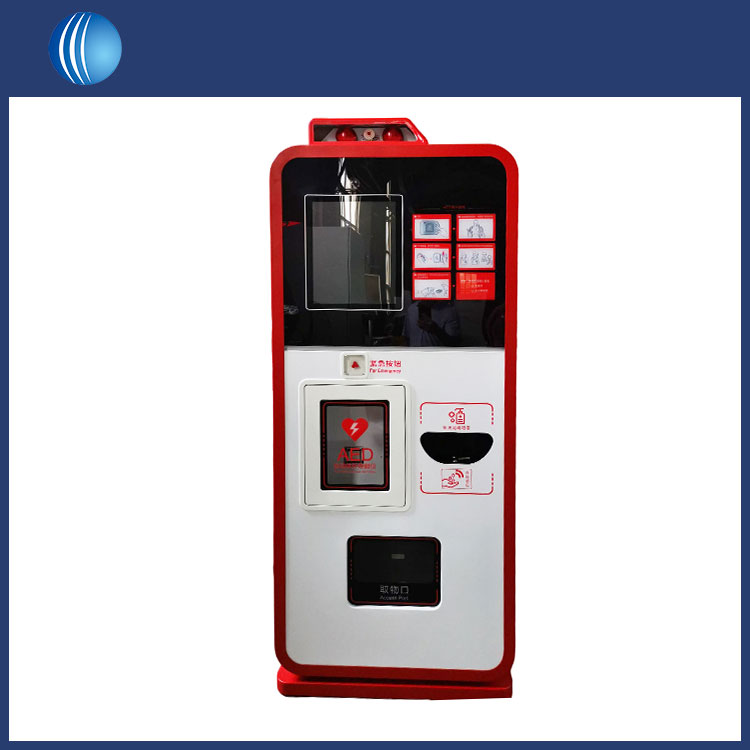Information about Automated External Defibrillator
2023-10-17
An Automated External Defibrillator (AED) is a portable electronic device used to diagnose and treat sudden cardiac arrest (SCA) by delivering an electric shock to the heart. SCA occurs when the heart suddenly stops beating effectively, often due to an irregular heart rhythm called ventricular fibrillation (VF). The AED is designed to restore the heart's normal rhythm by delivering a controlled electric shock, also known as defibrillation. AEDs are often found in public places, workplaces, schools, and healthcare facilities, as they can greatly increase the chances of survival for individuals experiencing SCA.
Here's how an AED works:
1. Detection: The AED's built-in sensors analyze the heart's electrical activity to determine if the person is in a shockable rhythm, such as ventricular fibrillation.
2. Voice and Visual Prompts: AEDs typically provide clear voice and visual prompts to guide users through the steps of operation. These prompts are designed to be user-friendly, even for individuals with minimal medical training.
3. Electrode Placement: The AED includes adhesive electrode pads that are attached to the person's chest. These pads detect the heart's rhythm and allow the AED to determine if defibrillation is needed.
4. Analysis: Once the electrodes are in place, the AED analyzes the person's heart rhythm to determine if a shock is necessary.
5. Shock Delivery: If the AED detects a shockable rhythm, it delivers an electric shock to the heart through the electrode pads. The shock is intended to temporarily disrupt the irregular rhythm and allow the heart's natural pacemaker to regain control.
6. Cardiopulmonary Resuscitation (CPR): After the shock is delivered, the AED may prompt the user to perform cardiopulmonary resuscitation (CPR) by providing chest compressions and rescue breaths. CPR helps circulate oxygenated blood to vital organs until professional medical assistance arrives.
7. Continued Monitoring: Throughout the process, the AED continues to monitor the person's heart rhythm and provides prompts accordingly.
8. Emergency Services: AEDs are often designed to automatically alert emergency medical services (EMS) when they are activated. EMS can provide further assistance and transport the individual to a medical facility.
Benefits and Importance:
- Time-Sensitive: SCA requires rapid intervention. AEDs can be used by bystanders before professional medical help arrives, significantly increasing the chances of survival.
- Ease of Use: AEDs are designed to be user-friendly, even for individuals with minimal medical training. Voice and visual prompts guide users through the process.
- Critical Treatment: Defibrillation is a critical step in treating SCA. It aims to restore a normal heart rhythm and increase the likelihood of survival.
Note: While AEDs are designed for use by individuals with limited medical training, formal CPR and AED training can enhance your ability to respond effectively in emergency situations.
AEDs have become an integral part of public health and safety efforts to prevent fatalities caused by sudden cardiac arrest. Their accessibility in various locations can mean the difference between life and death for someone experiencing this medical emergency.



